Eliza Kirk - Workhouse Inmate to Lighthouse Keeper
From Drayton Parslow, Buckinghamshire, England to Hope Island, Ontario, Canada
Eliza Kirk (abt. 1828 - 1887) was about three and a half years old when her father, James Kirk, was arrested and convicted of sheep stealing on 28 February 1832 and her mother, Elizabeth (née King) was left to fend for herself and provide for Eliza and her four siblings. The children's ages ranged from about one and a half years old to twelve years.
I have already told you about this family in a previous post here. Some of what is written there is repeated here as necessary background to Eliza’s story. You can also read more about the poor laws in that earlier post.
Eliza’s Family
Eliza was the second youngest of James and Elizabeth [King] Kirk’s children. She was baptised on 7 November 18281 at Drayton Parslow, a village and civil parish in the vale of Aylesbury in Buckinghamshire, England. At the time, it was common for children to be baptised not long after they were born (although that wasn’t always the case), so Eliza was probably born during 1828.

The family was living at Drayton Parslow in 1832 when Eliza’s father was arrested at nearby Mursley for stealing a sheep. It is likely that life was already difficult for the family before Eliza's father's arrest. It isn't clear whether her father was in work or not when he was arrested. It is likely that his usual employment was as an agricultural labourer. After his arrest, it would have become harder for the family.
Eliza's younger brother, Henry, died in February 1833 at the age of two, a year after his father's arrest and conviction. Eliza's mother died in June 1834, a little more than two years after her husband's arrest and conviction. With an absent father and a deceased mother, Eliza and her remaining siblings, Maria, Rebecca, and William were, in effect, orphaned. Eliza and at least one of her sisters, Maria, became inmates of the Winslow Union Workhouse.
The Winslow Union Workhouse
Poor Laws Union Workhouses were a last resort. The Winslow Union Workhouse, like its counterparts, was hated and feared by many. Entering the workhouse as an inmate prompted the loss of individuality, separation from family, and a harsh life of routine beyond individual control. It was an:
"uneasy combination of care and deterrence for the destitute which was intended to be harsh. It aimed to make life as unpleasant as possible working on the theory that human action is motivated by the seeking of pleasure and the avoidance of pain"2
Inmates were required to wear uniforms. They were separated from their family members and assigned to groups:
Old and infirm men
Able-bodied men
Boys 7 – 12 (14 in some workhouses)
Old and infirm women
Able-bodied women
Girls 7 – 12 (14 in some workhouses)
Children under 7.
The Old & Infirm, also known as the deserving poor, included the elderly, those who were ill, disabled or suffered from mental health. The Able-bodied, also known as the undeserving poor, were those who were fit enough but unable to find work.
Life in the Workhouse
In the Winslow Union Workhouse records of August 1835, when Eliza was aged six years old, she is recorded as being 'friendless' and of being 'given 1s 6d'. In a further report in October 1842 she is reported as 'refractory - separately confined’3. By this time, she would have been about fourteen years old years old.
From the age of twelve, Eliza, would have been required to work. Her life at the workhouse would have been one of tedious routine governed by the clang of a bell. At 6.00am, it was time to get up. There was half an hour to get ready before Matron’s inspection. This was followed by prayers and then half an hour for breakfast. At 7.00am, it was time for work until an hour's lunchbreak at noon. At 1.00pm, it was back to work until 6.00pm when there was dinner. Dinner was followed by prayers. At 8:00pm it was bedtime. Hours varied in Winter because working hours were governed by daylight hours. In Winter rising time was 7.00am4.
Eliza has a Child
When Eliza was 17 years old she gave birth to an illegitimate daughter, Frances Kirk. Frances was born in the Winslow Union Workhouse on 19 November 18455. Eliza was probably made to wear a yellow armband. It was the practice in the workhouse for many years that unmarried mothers were forced to wear yellow bands and were badly treated and shunned by others.
As far as I am aware, Frances’ father remains unknown. On the 1930 census Frances indicates that her father was born at sea6. Perhaps now, with the availability of DNA testing, one of Frances' descendants will be able to figure out who Frances' father was?
Further reports from the workhouse about Eliza indicate that in January 1847 she was an ‘inmate of workhouse, disorderly, sub diet, subject to MO, suckling child’ and, in April 1847, an ‘inmate, refractory with aggravation, separately confined, sub diet'7.
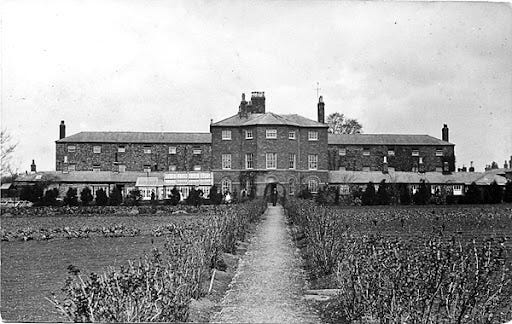
Improving Circumstances
It seems then, that Eliza's early life and early adulthood were subject to the drudge of the workhouse which made for a miserable existence for both her and her daughter, Frances. What opportunity arose to enable them to leave the workhouse, I don't know. However, sometime before, or during, 1856, Eliza and her daughter, Frances, moved to Kent where, on 22 July 1856, Eliza married Charles John Tizzard at St Nicholas Church, Deptford, Kent8. How Eliza came to meet Charles is also unknown to me. Charles is shown on the marriage entry as being a Mariner by profession:

Eliza’s father’s occupation is difficult to read on the marriage entry. It looks like ‘Soldier’ which we know not to be true although, perhaps a good cover story for someone who had been transported to Australia for life. By this time, her father James was a free man in Australia having received a conditional pardon in 1844. It isn’t clear what he was doing by 1856. He was likely living in the Patrick Plains area of New South Wales. James' pardon was conditional on his never returning to England. Whether or not he knew of his family's circumstances, or they of his, is unclear.
Charles and Eliza had a child together, Eliza Tizzard. Census records show that Eliza Tizzard was 15 in 1881 and, therefore, born in about 1866. She was born in England9.
The following year, on 27 October 1867, Eliza’s daughter Frances Kirk married George Bibby at St Leonard’s, Bromley, Middlesex, England10:

A New Life in Canada
At some time before 1881, Eliza and Charles, and their immediate family, emigrated to Ontario in Canada. Charles and Eliza are listed together with their daughter, Eliza Tizzard, on the 1881 Census for Canada11. In 1881, they were living at Collingwood, Simcoe North, Ontario, Canada and are listed as Methodists. Charles’ occupation is recorded as ‘Night Watch’.
Eliza’s daughter Frances is also recorded on the 1881 Canada Census12. She is listed as the wife of Henry Cook. She wasn't married to Henry at the time but did later marry him. Also listed with Eliza and Henry is Alice Bibby, Frances’s daughter with George Bibby. Alice is now using the surname Cook.

It isn't clear where Frances' husband, George Bibby, was in 1881. Had he not gone to Canada with them? Or had he gone away somewhere after their arrival in Canada leaving Frances to meet Henry Cook but unable to marry him? Alternatively was he deceased by the time the 1881 census was taken? Whatever the case, he must have been deceased by 5 August 1885 when Frances did marry Henry in Collingwood, Grey County, Ontario13. Frances is listed on the record of marriage as Frances Bibby, widow.
By 1930, Frances had moved to the United States and was living in Colorado14. She died in 1943 in La Junta, Otero County, Colorado15.
Lighthouse Keeper's Wife
In 1884, Eliza became a lighthouse keeper's wife when her husband, Charles Tizzard, became the first keeper of the Hope Island Lighthouse. Hope Island is about 20 miles north of Collingwood in Simcoe County, Ontario.
It is one of three islands in the south-east corner of Georgian Bay, a large bay of Lake Huron within the borders of Ontario. Three islands in the southeast corner of Georgian Bay were collectively named the Christian Islands in honour of eight Jesuit missionaries, now known as the Canadian Martyrs, who were tortured and killed during the 1840s. Individually, the three islands were called Faith, Hope, and Charity, but Hope Island is the only one that retains its name. Faith Island is now known as Beckwith Island, and Charity Island, the largest of the three, is now known as Christian Island16.
The Hope Island Lighthouse was built in 1883, on the northwest side of the island to mark the water route into Nottawasaga Bay from Georgian Bay, Lake Huron.
The lighthouse cost $1,864.08 to build. It was built of wood, painted white, with a square skeletal tower 57 feet high from the ground to the vane on the lantern, with the keeper’s dwelling attached. It had a revolving white light which emitted a white flash every 10 seconds. This was visible 12 miles from all points of approach, except where interrupted by the trees on the island17.
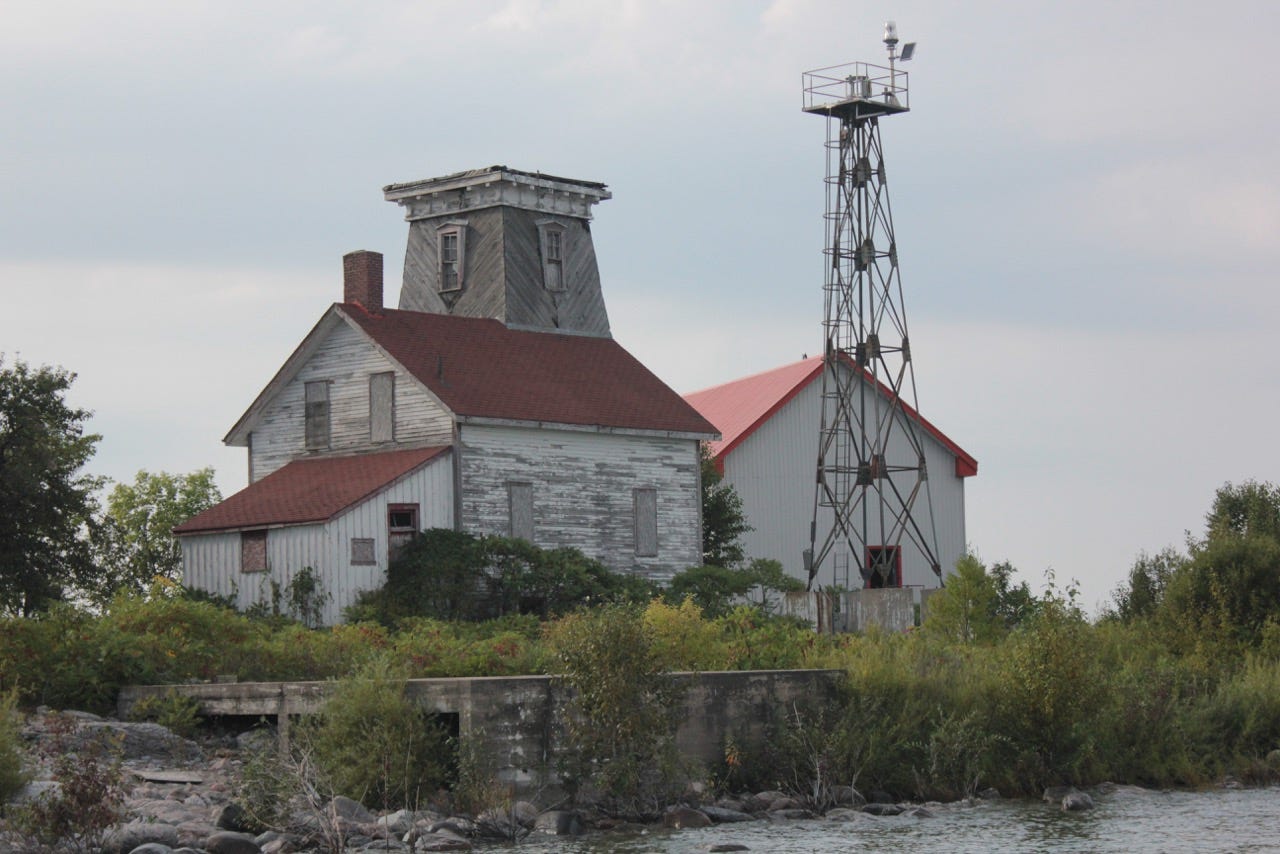
The Lighthouse was activated in 1884. Eliza’s husband, Charles, who was the first Hope Island Lighthouse Keeper, was appointed with an annual salary of $450. He noted his early frustration with the revolving light in the station’s logbook:
‘I had no instructions to work the machine so I used my own judgments and found that the reflectors were on upside down, causing the lamp tubes to ram against the reflectors and when heated, they burst. … I lighted up the first on the 27th of October and closed the fifteenth of December'18
[1884]
Lighthouse Keeper
When Charles died suddenly in 1886, Eliza continued to operate the light as the lighthouse keeper until 23 May 1887 when a replacement was appointed. During her time as lighthouse keeper, a fierce storm raised water levels to within 2 feet (.6 of a metre) of the lighthouse19.
Eliza lived on Hope Island for about three years; the last of which was as lighthouse keeper; a long way from her beginnings in Buckinghamshire.
It has been suggested that Eliza died in 1887 / 1888, shortly after leaving Hope Island. To date, I have been unable to find evidence of her death.
Eliza is my 4th great grand-aunt. She is the sister of my 4th great grandfather, William Kirk.
You can read about Eliza’s father James Kirk here:
You can read about Eliza’s mother and siblings here:
The post draws on information from my family history archive on the weare.xyz platform
England, Births and Christenings, 1538-1975. Salt Lake City, Utah: FamilySearch, 2013 via Ancestry.com Operations, Inc. 2014 Provo, UT, USA. Accessed 12 Mar 2020.
Glenys Warlow Worksheet pdf (Winslow Workhouse for History project) via Winslow History [Website]. Accessed 10 March 2024.
Geoff Kirk Eliza Kirk - Winslow Workhouse to Hope Island Lighthouse via Winslow History [Website] Accessed 10 March 2024.
Glenys Warlow Worksheet pdf (Winslow Workhouse for History project) via Winslow History [Website]. Accessed 10 March 2024.
Frances Kirk - Registered Q4 1845. Winslow, Buckinghamshire. Volume 6. Page 372 via FreeBMD England & Wales, Civil Registration Birth Index, 1837-1915 [database on-line]. Provo, UT, USA: Ancestry.com Operations Inc, 2006. Accessed 5 Mar 2020.
Year: 1930; Census Place: Precinct 114, Pueblo, Colorado; Page: 1A; Enumeration District: 0082; FHL microfilm: 2339985 via Ancestry.com 1930 United States Federal Census [database on-line]. Provo, UT, USA: Ancestry.com Operations Inc, 2002. Accessed 15 Mar 2020.
Geoff Kirk Eliza Kirk - Winslow Workhouse to Hope Island Lighthouse via Winslow History [Website] Accessed 10 March 2024.
London Metropolitan Archives; London, England; Reference Number: p78/nic/025 via Ancestry.com. London, England, Church of England Marriages and Banns, 1754-1932 [database on-line]. Provo, UT, USA: Ancestry.com Operations, Inc., 2010. Accessed 5 Mar 2020 -
1881; Census Place: Collingwood, Simcoe North, Ontario; Roll: C_13251; Page: 66; Family No: 288 via Ancestry.com 1881 Census of Canada. Ancestry.com Operations Inc. 2009. Provo, UT, USA. Accessed 12 Mar 2020.
London Metropolitan Archives; London, England; Reference Number: p88/mry2/030 via Ancestry.com. London, England, Church of England Marriages and Banns, 1754-1932 [database on-line]. Provo, UT, USA: Ancestry.com Operations, Inc., 2010. Accessed 5 Mar 2020.
1881; Census Place: Collingwood, Simcoe North, Ontario; Roll: C_13251; Page: 66; Family No: 288 via Ancestry.com and The Church of Jesus Christ of Latter-day Saints. 1881 Census of Canada [database on-line]. Provo, UT, USA: Ancestry.com Operations Inc, 2009. Accessed 12 Mar 2020.
1881; Census Place: Collingwood, Grey East, Ontario; Roll: C_13261; Page: 50; Family No: 223 via Ancestry.com and The Church of Jesus Christ of Latter-day Saints. 1881 Census of Canada [database on-line]. Provo, UT, USA: Ancestry.com Operations Inc, 2009 -
Archives of Ontario; Toronto, Ontario, Canada; Registrations of Marriages, 1869-1928; Reel: 51 via Ancestry.com and Genealogical Research Library (Brampton, Ontario, Canada). Ontario, Canada, Marriages, 1826-1937 [database on-line]. Provo, UT, USA: Ancestry.com Operations, Inc., 2010. Accessed 12 Mar 2020.
Year: 1930; Census Place: Precinct 114, Pueblo, Colorado; Page: 1A; Enumeration District: 0082; FHL microfilm: 2339985 via Ancestry.com 1930 United States Federal Census [database on-line]. Provo, UT, USA: Ancestry.com Operations Inc, 2002. Accessed 15 Mar 2020.
Find-A-Grave via Ancestry.com. U.S., Find A Grave Index, 1600s-Current [database on-line]. Provo, UT, USA: Ancestry.com Operations, Inc. Accessed 1 Mar 2020.
Hope Island Lighthouse - Lighthouse Friends [Website]. Accessed 31 October 2022 -
See Note 16.
See Note 16.
See:
Geoff Kirk Eliza Kirk - Winslow Workhouse to Hope Island Lighthouse via Winslow History [Website] Accessed 18 January 2018.
Hope Island, Ontario via Lighthousefriends.com [Website] Accessed 24 April 2021
Hope Island Lighthouse via Lighthouse Digest [Website] Accessed 1 March 2020.





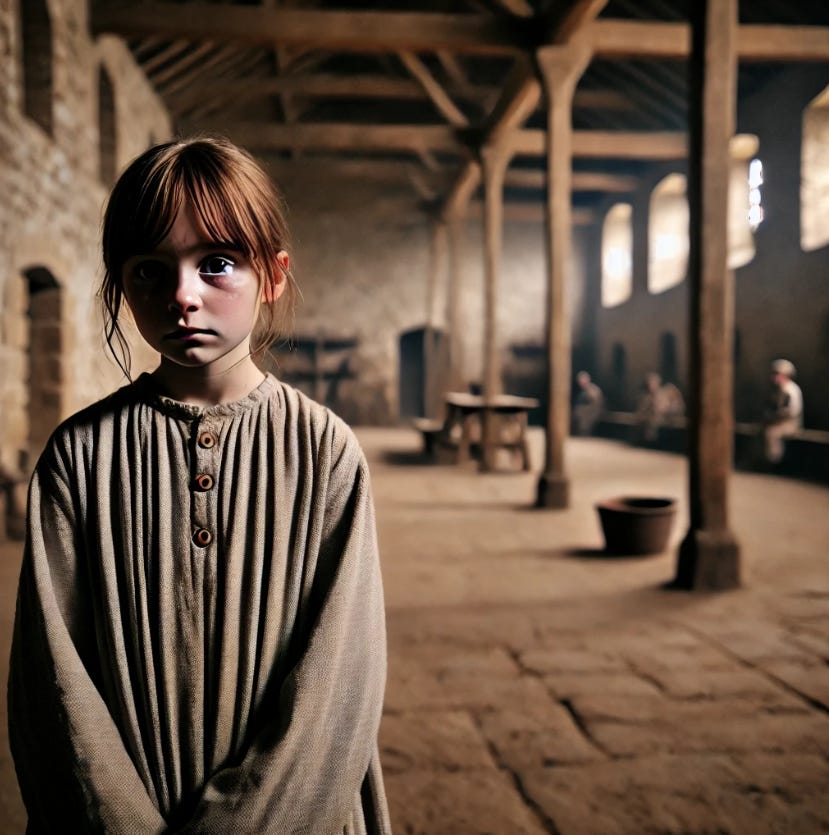
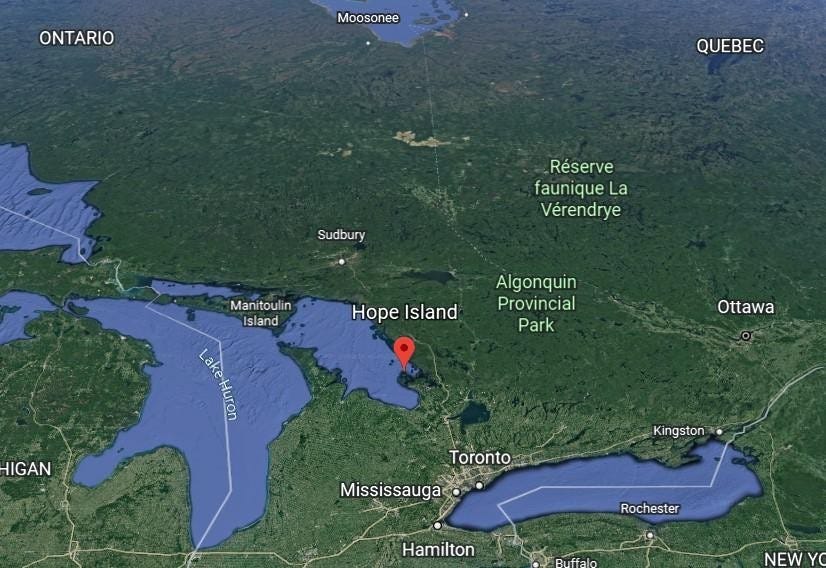
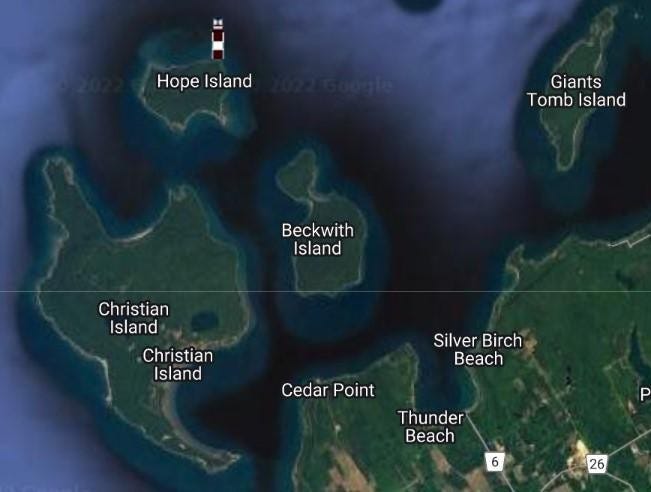
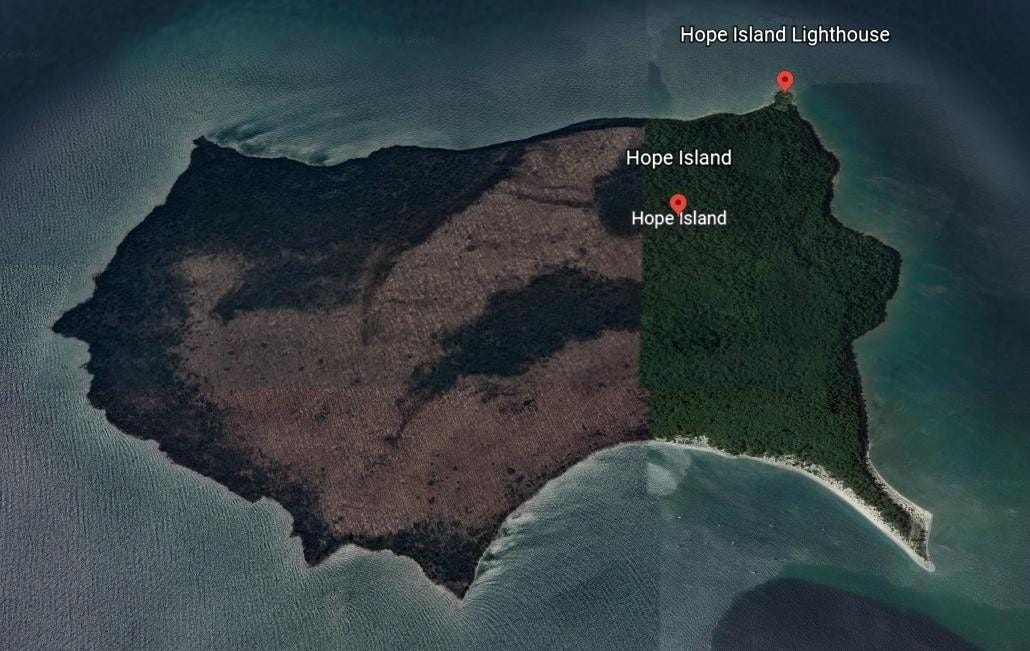



It just goes to show that no matter where you start up you can end up somewhere different and in a better place.
What a sad beginning to Eliza's life. I am glad she found a way out.